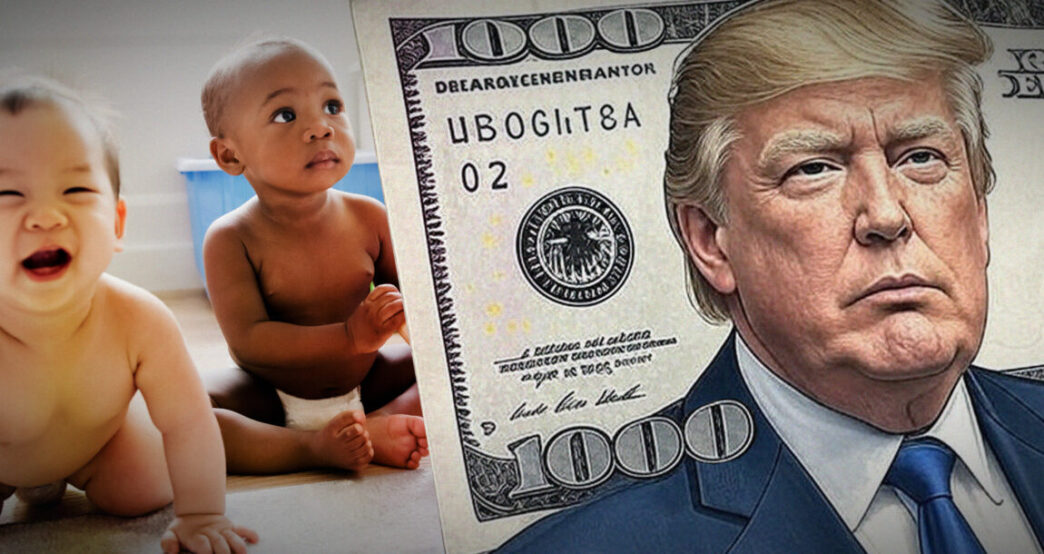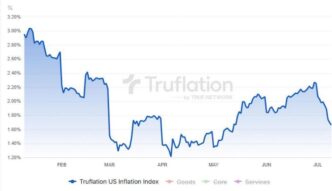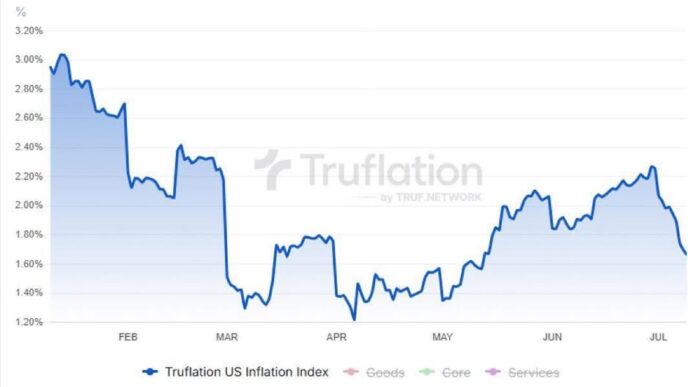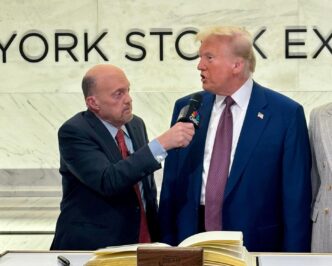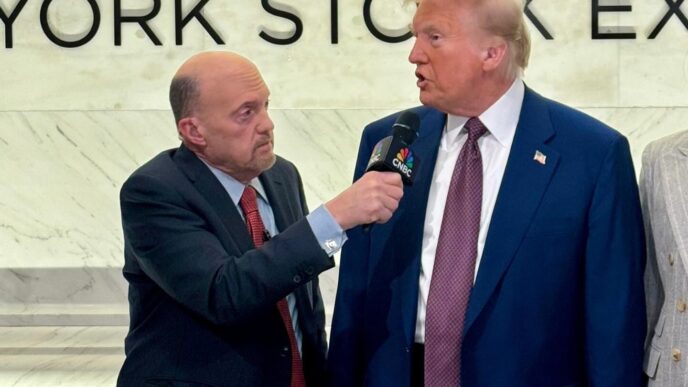A groundbreaking, albeit currently hypothetical, proposal is gaining traction in policy circles: the establishment of a federally funded $1,000 starter investment account for every child born in the United States. This initiative, envisioned as a direct deposit into a low-cost S&P 500 index fund, aims to address wealth inequality from birth and foster a new generation of investors. While not yet law, the concept, which for the purposes of this analysis we’ll refer to as the “Birthright Bonus Bill” or “BBB,” has sparked considerable debate and analysis from various sectors.
The core idea is simple: upon the registration of a birth certificate, the U.S. Treasury would seed a managed investment account for the newborn. This initial $1,000 would be invested in a broad market index like the S&P 500, which has historically demonstrated significant long-term growth. The account would be held in trust, with the potential for additional contributions from family and a prohibition on withdrawals until the child reaches adulthood, typically age 18 or 21.
Proponents argue that such a program would be a powerful tool for closing the racial and socioeconomic wealth gap. Children from low-income families, who are disproportionately less likely to have access to investment opportunities, would receive an immediate stake in the nation’s economic growth. Over 18 years, even a modest initial investment could grow substantially. For instance, assuming an average annual return of 7% (a conservative historical average for the S&P 500), the initial $1,000 could potentially be worth over $3,300 by the time the child reaches legal adulthood, without any additional contributions.
Economists and social policy experts have highlighted several potential benefits. The program could foster a greater sense of financial literacy and inclusion among young people. Knowing they have an investment account could encourage them to learn about saving, investing, and the power of compound interest. Furthermore, at the age of maturity, these funds could be used for significant life events such as higher education, a down payment on a home, or starting a business, thereby providing a crucial economic stepping stone.
However, the proposal is not without its critics and analytical questions. One of the primary concerns revolves around the funding of such a large-scale initiative. With approximately 3.6 million births in the U.S. annually, the program would carry an initial price tag of $3.6 billion per year, a figure that would necessitate careful consideration of fiscal trade-offs.
Another area of debate is the mechanism and management of these accounts. Would they be administered by a government agency, or would the government partner with private financial institutions? How would investment options be determined, and what level of risk would be deemed appropriate for these long-term holdings? There are also questions about the potential for market volatility. While the S&P 500 has a strong long-term track record, there are no guarantees of future performance, and a significant market downturn around the time a cohort of children reaches maturity could impact the value of their accounts.
Furthermore, some critics question whether a universal, one-size-fits-all approach is the most effective way to address wealth inequality. They argue that a more targeted program, providing larger initial endowments to children from the most disadvantaged backgrounds, might be a more potent tool for social mobility.
The prospect of a “Birthright Bonus Bill” represents a significant policy innovation with the potential to reshape the economic landscape for future generations. As the discussion continues, a thorough examination of its potential benefits, costs, and implementation challenges will be crucial in determining its viability and ultimate impact on the American dream.

